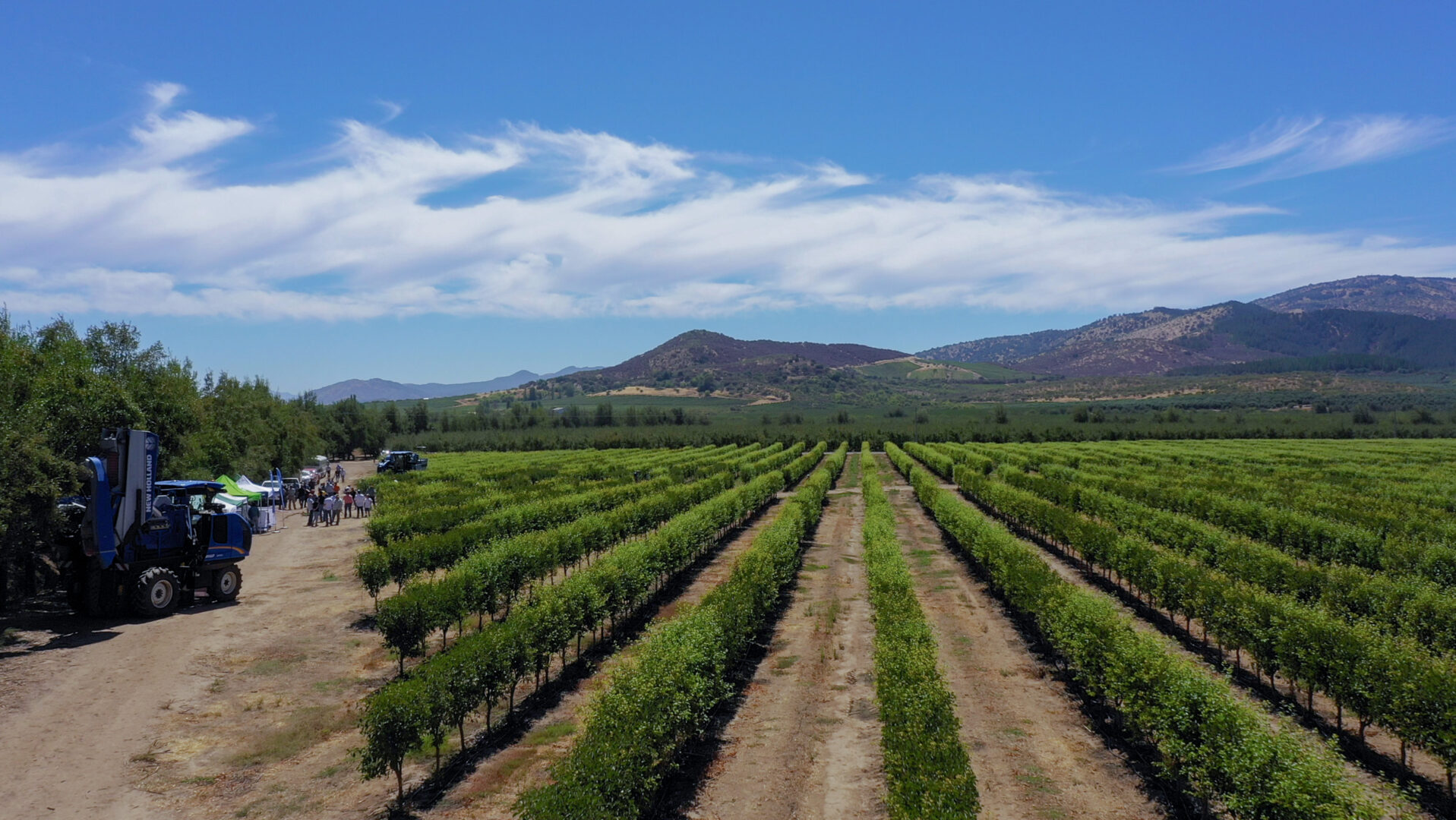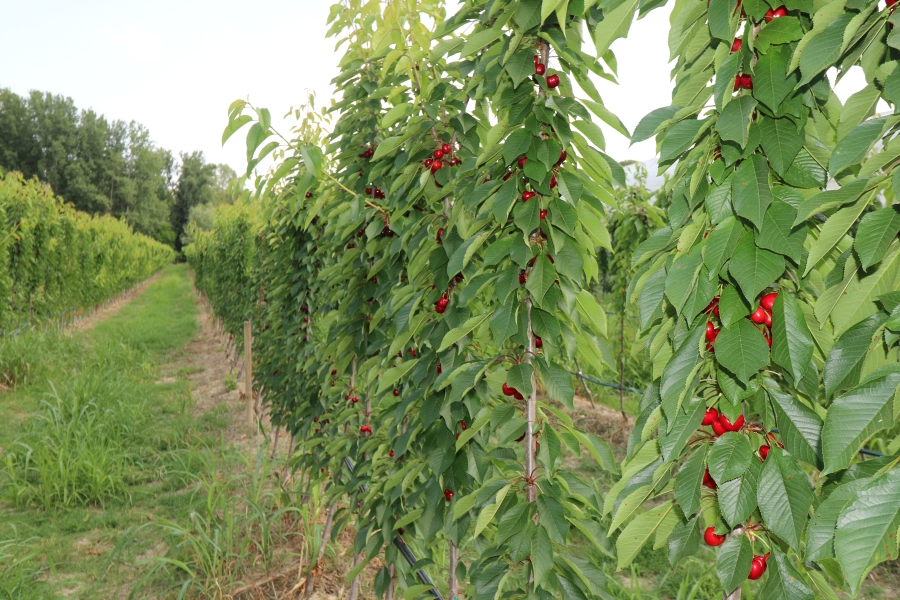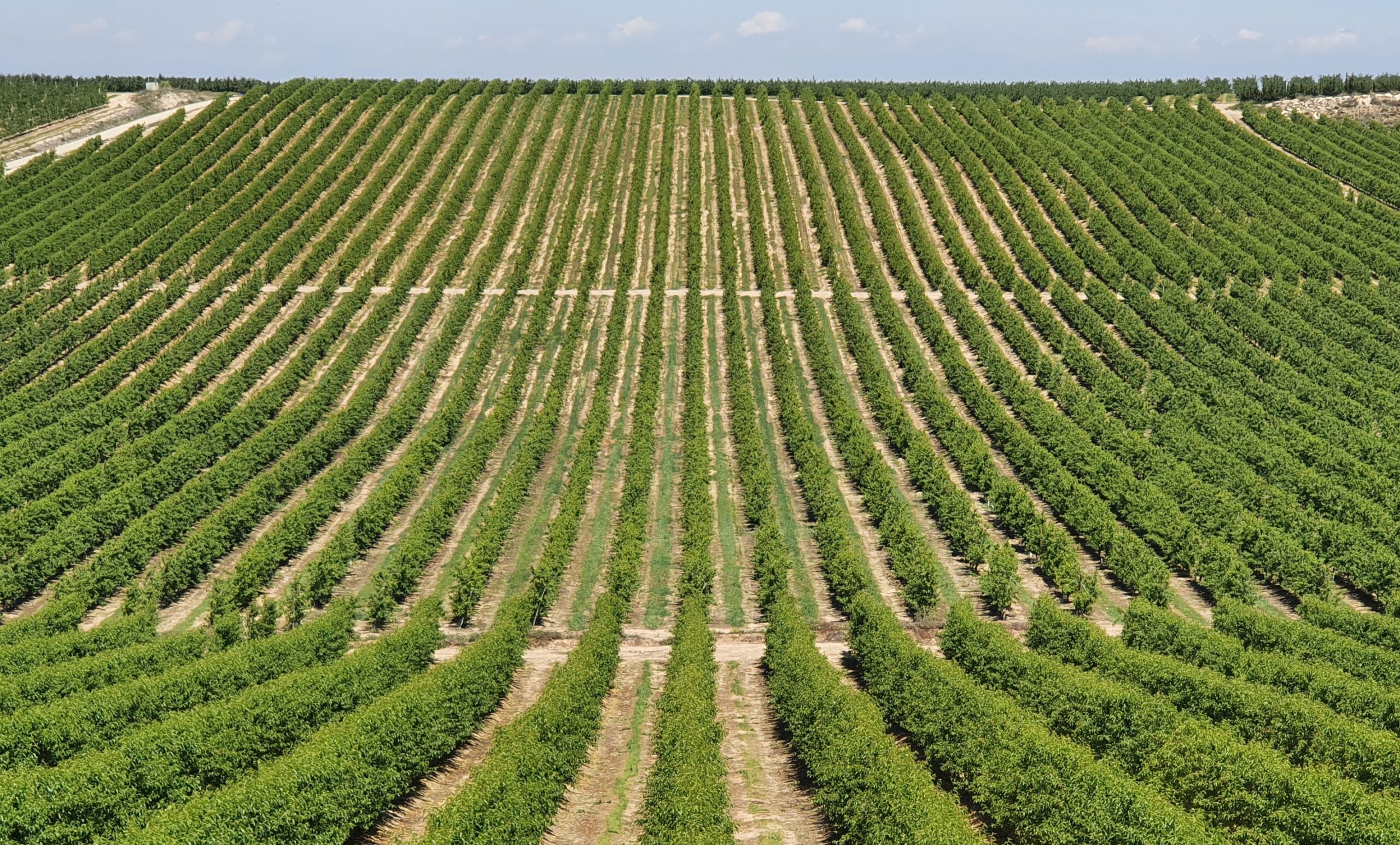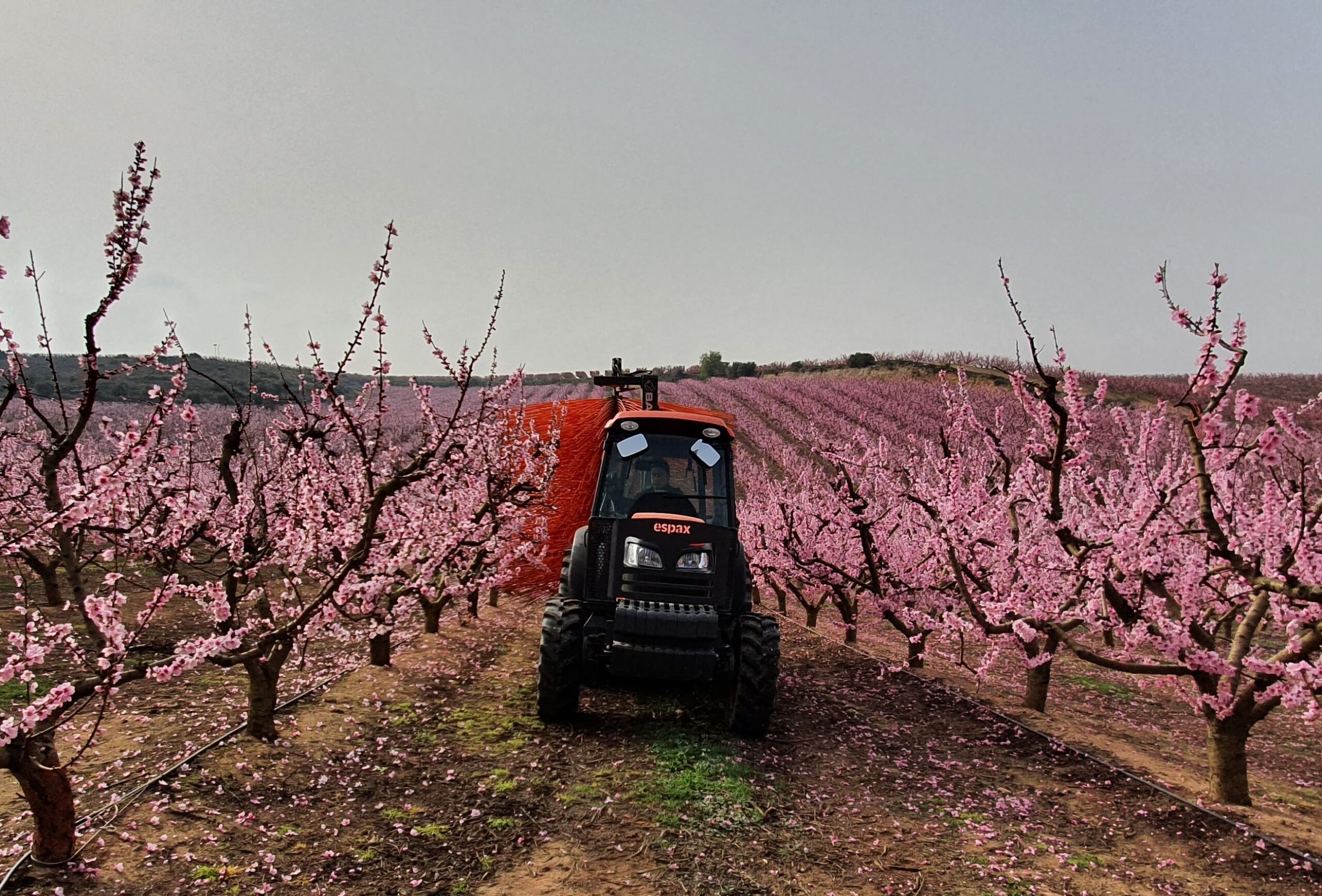Super High‑Density European Plum Orchards Can Cut Irrigation Water Use by Up to 40%, Chilean Scientists Find
Chilean researchers prove that super high‑density European plum orchards can slash irrigation needs by 40 percent while maintaining yield and fruit quality—learn the techniques behind this breakthrough.
A researcher from the University of Concepción (UDEC) presented his findings at the “Efficient and Sustainable Solutions” seminar organized by Agromillora Sur in Santa Cruz, O’Higgins Region. The event also highlighted positive results in nutrition, fruit size, and overall production of the D’Agen variety on Chilean farms.
During the recent seminar, Dr. Arturo Calderón‑Orellana from UDEC’s Faculty of Agronomy shared groundbreaking data collected since 2020 on water‑management strategies for super high‑density European plum orchards—a production system that, in this crop, has only been implemented and studied in Chile.
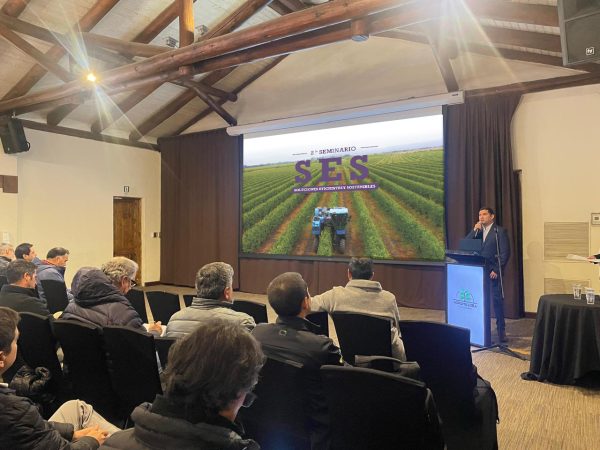
A multidisciplinary team led by UDEC’s Fruit Tree Water Relations Laboratory evaluated the dwarfing rootstock Rootpac 20 grafted with D’Agen plums to test its tolerance to severe water deficit. The trees underwent a well‑established regulated deficit‑irrigation (RDI) program commonly used in Chile and abroad for plums grafted onto semi‑vigorous rootstocks such as Marianna 2624 or Nemaguard. The results were striking: Rootpac 20 markedly improved drought tolerance through efficient stomatal regulation and benefited from RDI via significant increases in beneficial soil microbiota and fine‑root growth. Applying late‑season RDI in this super high‑density system saved up to 40 percent of irrigation water without compromising yield or the quality of fresh or dried fruit—mirroring successes seen in conventional orchards.
Dr. Calderón‑Orellana ended his talk by presenting eco‑physiological and agrometeorological monitoring of a commercial super high‑density plum orchard. Working with irrigation firm Olivos Riego Spa and renowned Chilean agrometeorologist Dr. Nicolás Bambach, the team used eddy‑covariance methods to determine crop‑coefficient values that allow more precise water‑need estimates for this new production model. Findings showed that super high‑density, hedgerow‑trained European plums consume 20–30 percent less water during peak evaporative demand than low‑density, vase‑trained orchards. “Our work demonstrates that the super high‑density system can deliver substantial water savings precisely when supplies are tight and crop demand is highest,” the researcher noted.
Better nutrition and fruit size

A successful, promising project
Gonzalo Guzmán, Agricultural Manager at Cunculén, shared the experience of an innovative 57‑hectare high‑density D’Agen plum project in Pencahue, Talca. Now in its third harvest season, the orchard has become a regional pioneer and a reference for growers exploring this production model. “The project has been highly successful, with many challenges and continuous learning, but overall we’re very satisfied,” Guzmán said. Attendees gained first‑hand insights into the project’s technical and operational aspects, leading to an enriching exchange among growers, technicians, and other participants..
